How to find probability and odds and the difference between the two We also discuss experimental probablility, theoretical probability, odds in favor, andThe probability of rolling a six on a dice is 1/6If you roll a dice the chances of you getting a 6 will only be once Share Cite Follow answered Feb 17 '17 at 1325 rytyugj rytyugj 1 $\endgroup$ 1 $\begingroup$ This is really not an answer at all $\endgroup$ – The Count Feb 17 '17 at 1526 Add a comment 0 $\begingroup$ You can get the probability of rolling at least one six with aProbability, Odds Ratio and Risk Ratio Dr Abbas Adigun (PhD) Biostatistician 19 th May 17 Probability Probability is a measure of the chance of getting some outcome of interest from some event The event might be rolling a dice and the outcome of interest might be getting a six;

Probability Of Two Fair Dice Rolls Having A Total Of 7 Or 11 Mathematics Stack Exchange
Odds and probability difference
Odds and probability difference-Probability vs Odds Any chance can be numerically described as either odds or probabilities In the majority of circumstances, neither is preferable to the other The majority of scientists generally refer to probabilities, not odds, but that is more a matter of tradition, there is no logical basis for it There's a simple difference between probabilities and odds the probability of an Dice Roll Probability The chance of rolling a total of 2 is 278 percent The chance of rolling a total of 3 is 556 percent The chance of rolling a total of 4 is 3 percent The chance of rolling a total of 5 is 1111 percent The chance of rolling a total of 6 is 13 percent The chance of rolling a total of 7 is 1667 percent
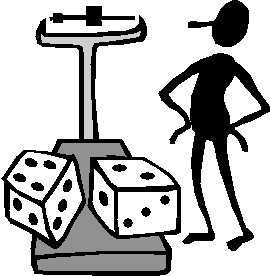



The Difference Between Probability And Odds
Risk Dice Odds Last updated on by Sal Ferrarello I've been playing a lot of the Risk Boardgame with my two boys recently The game involves rolling dice to determine the outcome of a battle While it was always clear to me that the attacker has an advantage when attacking with three dice, I was curious about how great the advantage is so I wrote some While it's true that the probability of a botch can go up in certain conditions, like at difficulty 9 when you go from 1 to 2 to 3 dice, at the same time the odds of success are rising faster, and there are no conditions where the odds of a botch are higher than or rising faster than the odds of a success The odds of success, on the other hand, will always rise, in all cases, There are the basics, such as to get any single number on each die type, and for those the odds are approximately D4 = 25% D6 = 17% D8 = 13% D10 = 10% D12 = 8% D = 5% For slightly more complicated odds, these are the odds of getting a number equal to or greater than a target number on a single die Die
Statistics of Dice Throw so the "odds" of getting a 7 are six times those for getting "snake eyes" This simple example raises the idea of distinguishable states For example, throwing a 3 is twice as likely as throwing a 2 because there are two distinguishable ways to get a 3 The probability of getting a given value for the total on the dice may be calculated by taking the total numberThe dice probability for any roll of a single six sided die is easy to work out since there are only six possible outcomes However, anytime you add another die the outcome is multiplied by an additional six making the dice odds a bit trickier to calculate So, if you have two dice then the possible outcome jumps to 36 and a game with three dice gives you an unbelievable 216 The probability that an event will occur is the fraction of times you expect to see that event in many trials Probabilities always range between 0 and 1 The odds are defined as the probability that the event will occur divided by the probability that the event will not occur If the probability of an event occurring is Y, then the probability of the event not occurring is 1Y
Complete Odds for Risk Attacks The first half of this page has a table of all the possible dice attacks from 11 to 32, with the probabilities of each outcome, plus the average gain for the attacker The second half is an applet that will compute the odds in an attack to the death by any number of armies in a single province against any number in a neighboring province AllWhen rolling two dice, the probability of rolling "N or less" is given by the multiplicative law as (N/6)(N/6) For example, the probability of throwing 5 or less with two dice is 25/36 Similarly, for three dice (N/6)(N/6)(N/6) The general form is (N/6) to the ith power, where "i" is the number of dice thrown At this point, I'd like to introduce some notational convieniences In mostMean Logodds vs Mean probability 300;
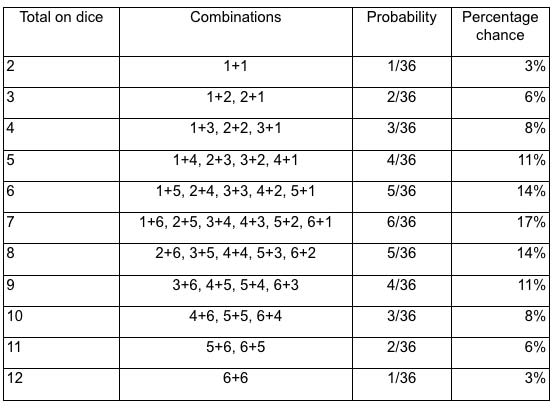



Calculating Chance The Rules Of Probability




The Difference Between Probability And Odds
Correct* the probability is ( 1 5) 5 * (assuming you specify the event prior to observing it rather than seeing it and then after the fact going " whoah, what are the chances???Many people wrongfully assume odds and probabilities are the same thingThey're definitely not, as there's a significant difference between saying there areComparison Chart Basis for Comparison Odds Probability;
/close-up-of-dices-on-street-764849093-5a6f86210e23d90036767df7.jpg)



Probabilities For Rolling Three Dice
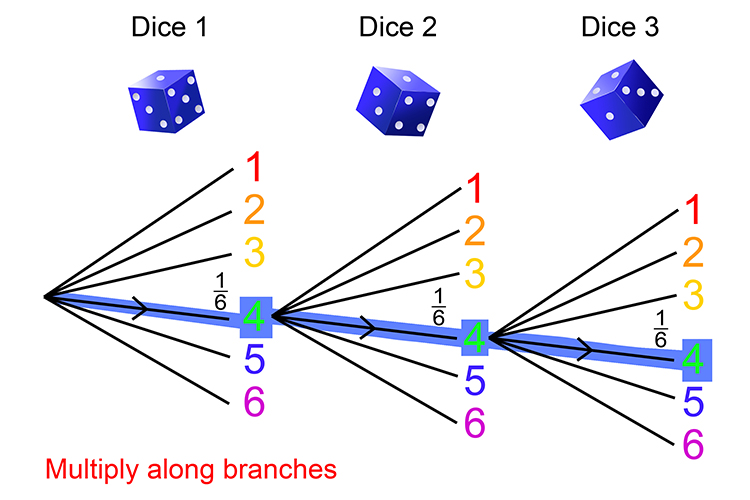



Always Treat The Rolling Of 3 Dice As Separate Rolls
For all showing the same number, it is the compound probability = product of the separate probabilities = 1 65−1 = 1 64 Answer link EZ as pi P (all 5 dice show the same number) = 1 1296 Odds are 1625 Here's an example The odds in roulette are typically different from the odds in craps The reason for these differences is that each game has different expected probabilities A bet on a single number in roulette pays off at 35 to 1 odds, but the odds of winning are 37 to 1 A bet on a specific number in craps has different odds depending onProbability of Winning = () or % Losing = () or %For example, the odds against rolling a 5 before a 7 using two dice are 6 to 4 We get these odds because there are six ways to make the 7 vs four ways to make the 5 To figure this out, take the number of ways a 5 can be made with two dice (1 4, 2 3, 3Playing 2 vs 1 dice I get around a % win rate



With Two Dice What S The Probability Of Rolling Doubles Blog Monty Hall Problem Simulation Game Stay Or Switch



Craps House Edge And Odds Dice Combination And Chances To Win
Take rolling a dice for instance If someone rolls a dice, there are six possible outcomes Therefore, if you bet that the person rolls a 'one', there is a 1667% chance that will happen Using Betting Odds to Calculate Probability Whenever you see two numbers separated by a trailing slash, ie 4/1, this is known as fractional odds From this, you can calculate how likely a given event Content Odds Vs Probability Comparison Chart; The Ask Dr Math forum has several entries on odds versus probability Summarizing, one way to conceptualize (nontechnically) the probability of an event is the number of ways that an event can occur divided by the total number of possible outcomes The probability of heads in a fair coin flip is 1/2 (50 percent) The probability of drawing a red card from a standard deck of




Die Rolling Probability With Independent Events Video Khan Academy
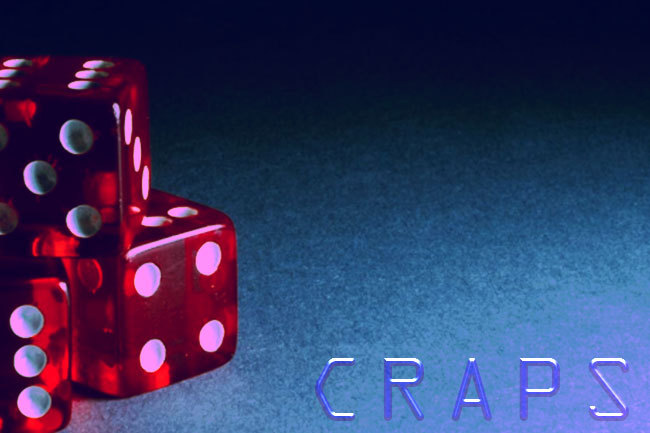



May The Craps Odds Be Ever In Your Favor Casino Reports Canada Casino News
Intuitively, it's difficult to estimate the most likely success, but with our dice probability calculator, it takes only a blink of an eye to evaluate all the probabilities The resulting values are P₁ = for 10 sided dice P₂ = for 12 sided dice P₃ = for sided dice 1 Answer1 Active Oldest Votes 2 If a die with only 5 sides was tossed 5 times would the odds of a 5 coming up 5 times in succession be 2 to the fifth power or ?How To Convert Decimal Odds To Probability "Decimal Odds" are a simple reflection of the return you will receive for each single unit placed For example, let's say bookmaker Matchbook is offering odds of 165 for Manchester United to win This means that for every 100 you bet on that particular outcome, you will receive a profit of 065
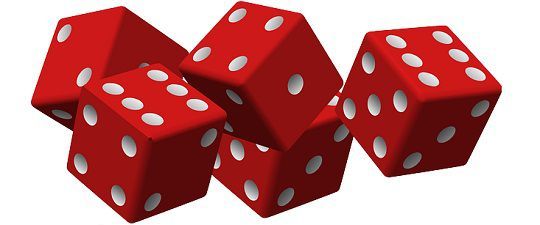



Difference Between Odds And Probability With Comparison Chart Key Differences




Odds Ratios Versus Relative Risk
A dice probability calculator would be quite useful in this regard The formula one may use in this case is Probability = Number of desired outcomes ÷ Number of possible outcomes Therefore, the odds of rolling a particular number, if the number is 6, this gives Probability = 1 So, 4 rolls of 36 clear the dice (81 odds), 16 of 32 (not counting the 4 that clear) merely keep you alive (11) which combine into good rolls for 45 odds, better than even money you'll survive a 2dice roll Of course, I'm talking *real* dice odds not whatever amusing farce Facebook offers as dice probability on at 1138 pm Mark Based on your odds Odds, Probability, Chance Example Odds are derived from a probability as follows (Boston University) If the probability of an event is 08 (ie an 80% chance), then the odds are 08 / (1 08) = 08 / 02 = 4, or 4 to 1 The following picture clarifies the difference between probability and odds, using an American roulette wheel with 18 black spaces, 18 red spaces,
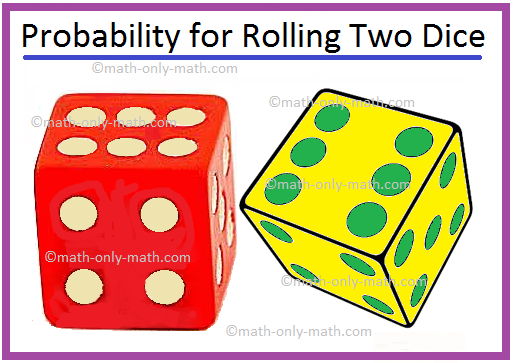



Probability For Rolling Two Dice Sample Space For Two Dice Examples
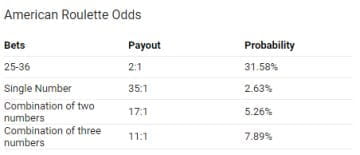



Odds Probability The Difference Explained With Examples
Categories Metaculus Itself Make a Prediction Prediction Note this question resolved before its original close time All of your predictions came after the resolution, so you did not gain (or lose) any points for it Note this question resolved before its original close time You earned points up until theDice Math, odds and probability Ask Question Asked 7 years, 6 months ago Playing 2 vs 1 dice I get around a % win rate Now to my problem, if I want to calculate the amount needed to always win as the house, the odds of losing (for the player) needs to be higher than the potentialwinningriskamount I don't have any problems doing it with straight up fractions andProbability of Winning = () or % Losing = () or %



Difference Between Odds And Probability Difference Between




5 Ways To Calculate Multiple Dice Probabilities Wikihow
Mean Logodds vs Mean probability 1000; Dice Probability Introduction Before you play any dice game it is good to know the probability of any given total to be thrown First lets look at the possibilities of the total of two dice The table below shows the six possibilities for die 1 along the left column and the six possibilities for die 2 along the top column The body of the table shows the sum of die 1 and die 2 Two Dice The probability of rolling each number is 1 out of 6 We will write the probability of rolling an odd number on a dice as a fraction The odd numbers are 1, 3 and 5 This is 3 of the 6 sides of the dice The probability of rolling an odd number on a dice is 3 / 6
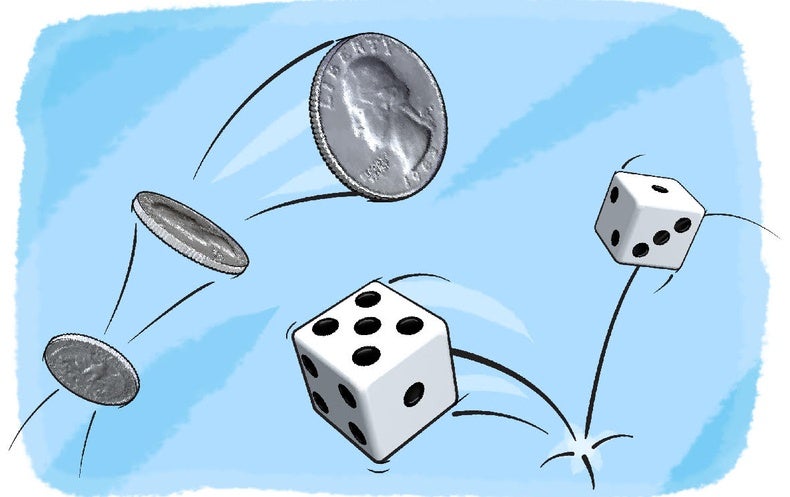



What Are The Chances Scientific American




How To Calculate Dice Probabilities
To convert odds to probability, take the player's chance of winning, use it as the numerator and divide by the total number of chances, both winning and losing For example, if the odds are 4 to 1, the probability equals 1 / (1 4) = 1/5 or % Odds of 1 to 1 (50%) are called "evens," and a payout of 1 to 1 is called "even money" Epidemiologists use odds ratios to describe the Now that we understand the probability of throwing each total we can apply this information to the dice games in the casinos to calculate the house edge For example consider the field bet in craps This bet pays 11 (even money) if the next throw is a 3, 4, 9, 10, or 11, 21 (double the bet) on the 2, and 31 (triple the bet) on the 12The odds of an event is defined as the ratio of the probability of an event and the probability of its complement Let E E be an event then the odds favourable to the event E E will be, Odds of E



Probability In Games 06 Can T Stop Probabil Ating




Yahtzee Probability
Probabilities for the Sum of 1 to 25 Dice Introduction This section endeavors to answer the frequently asked question on the probability for any given total over the throw of multiple dice I shall show the number of combinations (up to 15 significant digits) and probability (to 15 decimal places) of totals for 1 to 10, 15, , and 25 dice Probability theory is an interesting area of statistics concerned with the odds or chances of an event happening in a trial, eg getting a six when a dice is thrown or drawing an ace of hearts from a pack of cards To work out odds, we also need to have an understanding of permutations and combinations The math isn't terribly complicated, so read on and you might beThe chance of winning is 4 out of 52, while the chance against winning is 48 out of 52 (524=48) Entering A=4 and B=48 into the calculator as 448 odds are for winning you get For 4 to 48 odds for winning;




Simple Probability Definition Probability The Chance Some Event




Backgammon Odds And Dice Roll Probabilities Explained In Our Tutorial
And that was because ds provide a nice LINEAR probability But rolling two dice and taking the higher roll makes a complete mess of things Now, because I understand probability math, I was aware that, roughly speaking, advantage and disadvantage were usually the equivalent of a 4 or 4 under the old system But I knew that was very fuzzyOr the event might be performing a biopsy with the outcome of interest being evidence of malignancy sum(p(x) * (x M)^2), where M is the mean, x is a dice result, and p is the probability of that dice result Using this formula, the variance of a single dice roll is 35/12 = 1/6*((25)^2 (15)^2 (05)^2 05^2 15^2 25^2) It's also a fact that for multiple independent samples from the same distribution, their variances add So



Finding Probabilities Of Odd Die Combos Gnome Stew




Ex Determine Odds Using Probability Youtube
Odds vs probability worksheet 2112Odds and probability worksheet リンクを取得 ; So to get two 6s when rolling two dice, probability = 1/6 × 1/6 = 1/36 = 1 ÷ 36 = , or 278 percent One Die Rolls The Basics of Probabilities The simplest case when you're learning to calculate dice probability is the chance of getting a specific number with one die The basic rule for probability is that you calculate it by looking at the number of possible outcomes√100以上 odds vs probability worksheet 2564Odds and probability worksheet with answers Probability How likely something is to happen Many events can't be predicted with total certainty The best we can say is how likely they are to happen, using the idea of probability Tossing a Coin When a coin is tossed, there are two possible outcomes heads (H) or ;B) What are the odds in




Probability With Dice Maths With Mum



Fate Dice Statistics Alex Gude
Meaning Odds refers to the chances in favor of the event to the chances against it Probability refers to the likelihood of occurrence of an event Expressed in Ratio Percent or decimal Lies between 0 to ∞ 0 to 1 Which means that probability and odds do not mean the same thing (although we can convert from one to the other) Without going into too much detail, probability is a number between 0 and 1 that tells you the fractional likelihood that something will happen So a probability of 0 means there's literally no chance of that thing happening, a probability of 05 means there's Therefore, odds are a proportion of the probability of an event occurring versus the probability that the event will not occur Odds can be expressed as either for or against an event to happen For example, when playing a game based on the rolling of a dice, the odds can be seen clearly A dice has 6 sides, and let's say that we are looking to roll a "3" The chance of rolling a




Ex Determine Odds Using Probability Youtube
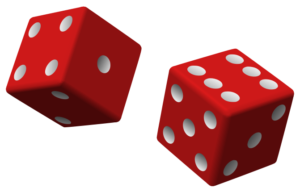



How To Calculate Dice Probabilities Dice Probability Calculator
6月 07, 21 Probability Worksheet #9 (All) Name_____ Period _____Date _____ Do the work on a separate piece of paper and show all your work The correct answers are on at the bottom of the page Find the probability for each problemRacing with two dice The following shows the probability of throwing each total in a chart format As the chart shows the closer the total is to 7 the greater is the probability of it being thrown Two counters game Rolling more dice Susan Holmes Probability vs Odds Real life is full of incidents with uncertainty The terms probability and odds measure one's belief in the occurrence of a future event It may confuse since both 'Odds' and 'probability' are related to the potential that event occurs However, there is a difference Probability is a broader mathematical concept However odds is another method for
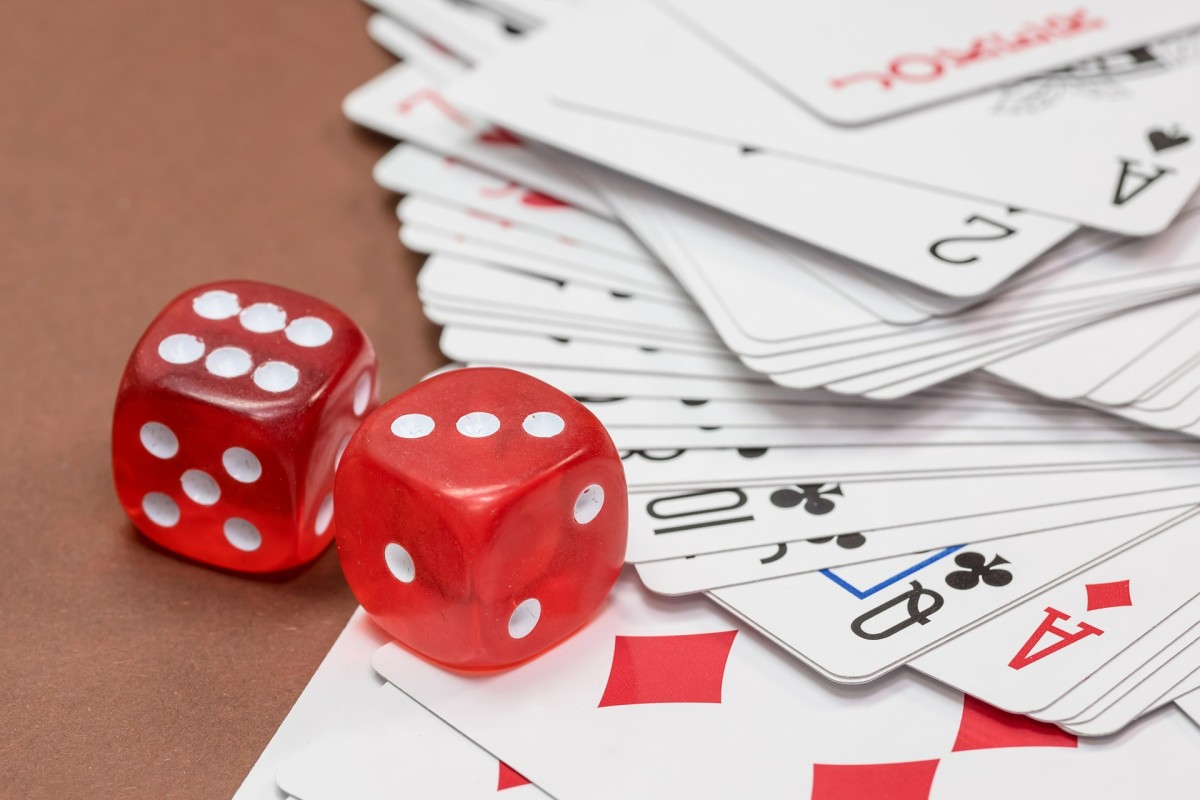



How To Find The Probability Of An Event And Calculate Odds Permutations And Combinations Owlcation



Http Web Gccaz Edu Johwd Mat142 Chapter 4 Problems Section 4 2 Pdf




Probability Of Two Fair Dice Rolls Having A Total Of 7 Or 11 Mathematics Stack Exchange




Probability Test Review What Are Your Chances Of Passing Ppt Download




The Odds Against Throwing A Pair Of Dice And Getting Chegg Com




How To Calculate Odds 11 Steps With Pictures Wikihow




1 Two Dice Are Rolled Find The Probability Of




Dice Roll Probability 6 Sided Dice Statistics How To




Yahtzee Odds Probability And Statistics




Probability Of Winning In Dice Games What Are The Odds Blog Slots Io



Probability Of Dice Rolls In Settlers Of Catan Stung Eye Winnipeg Manitoba Canada




Odds Would You Rather Math
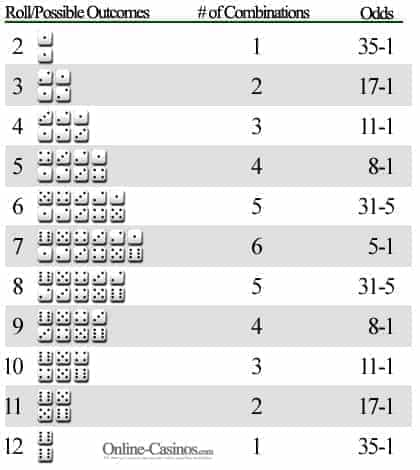



The Probabilities In Craps Become An Expert In This Online Game



1




Comparing Probability Odds For And Odds Against Youtube




A Pair Of Fair Dice Is Rolled A What Is The Chegg Com



3
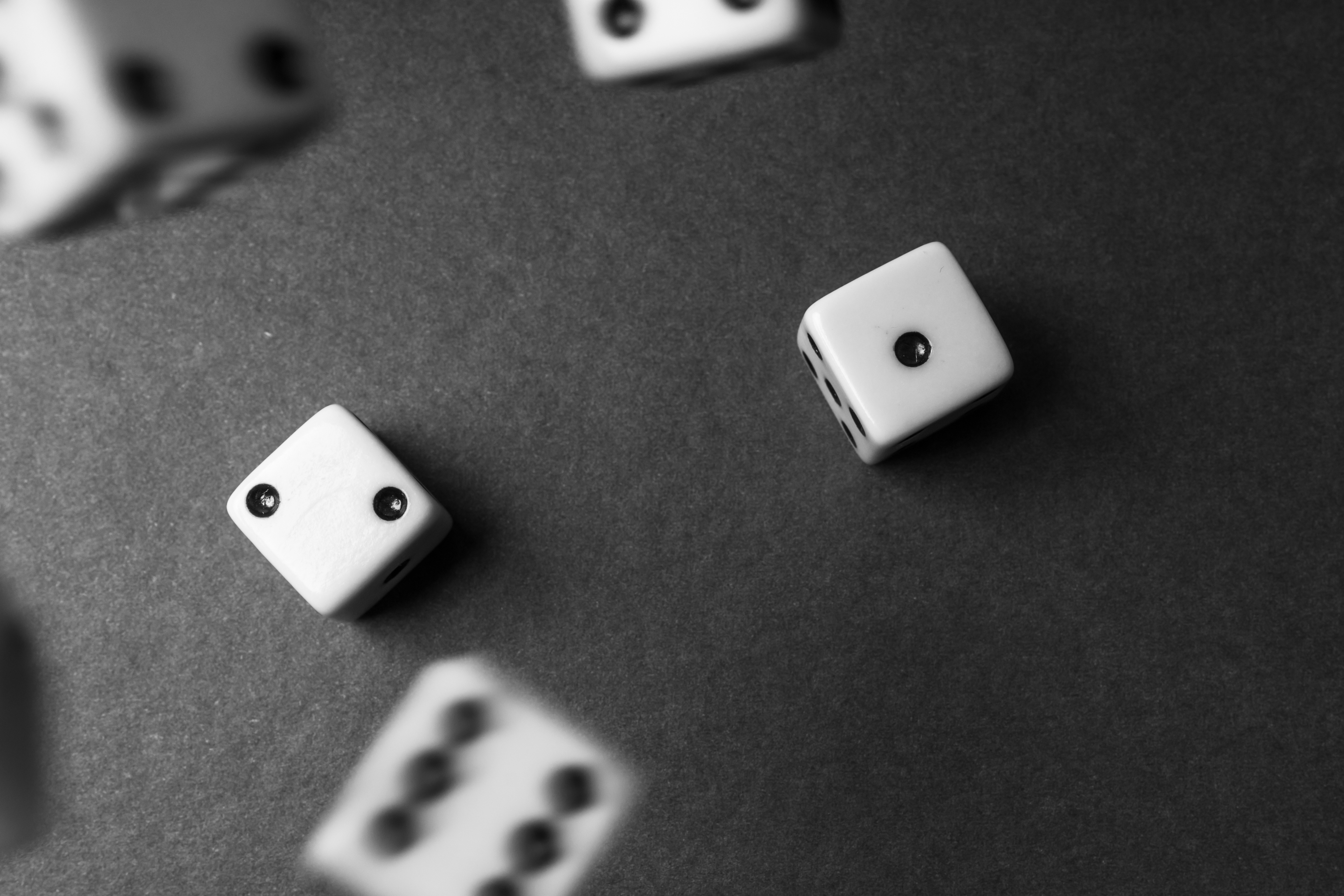



How To Calculate Dice Probabilities
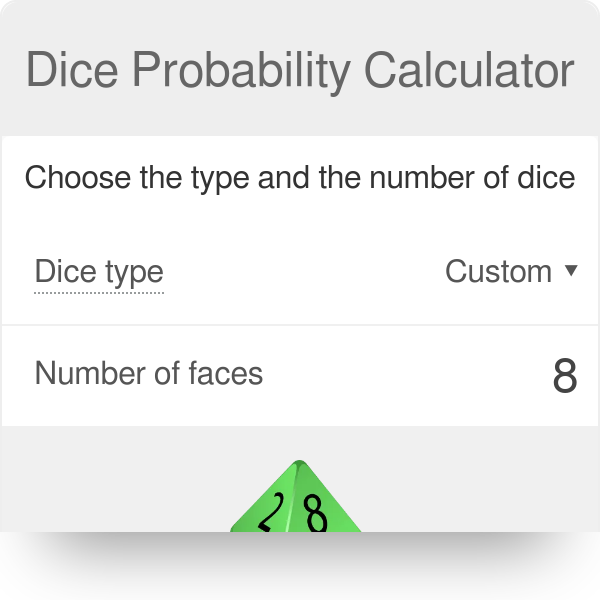



Dice Probability Calculator




D D And The Probability Curve Awesome Dice




How To Calculate Odds 11 Steps With Pictures Wikihow
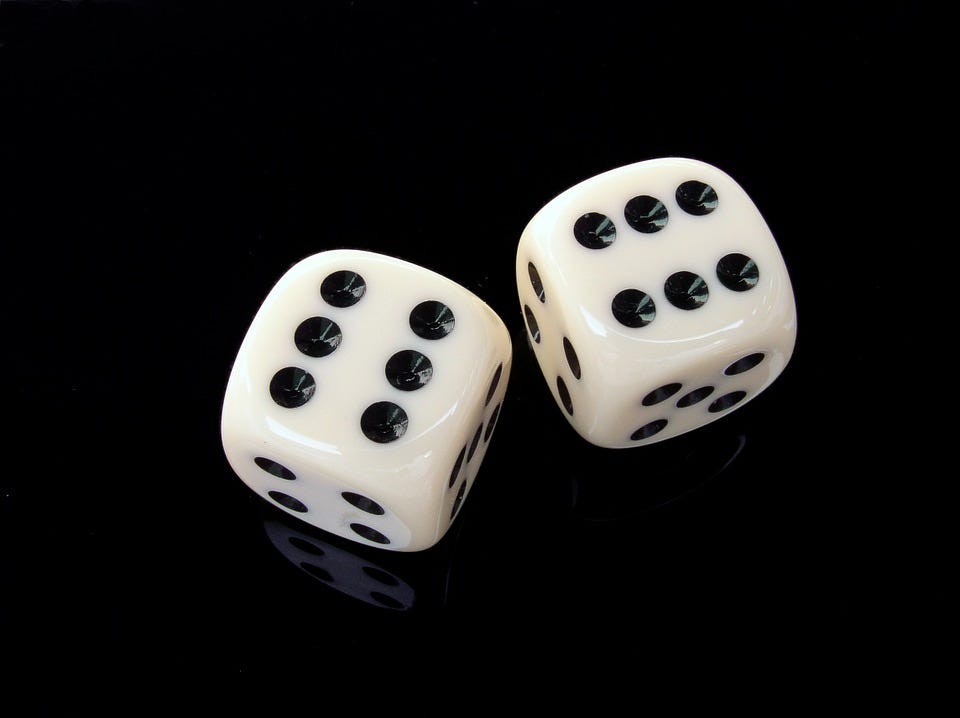



Statistics Dice Problems A Few Fun Statistic Problems With 6 By Randerson Medium




Probability What Is The Probability Of Rolling The Number 2 On A Dice Ppt Video Online Download
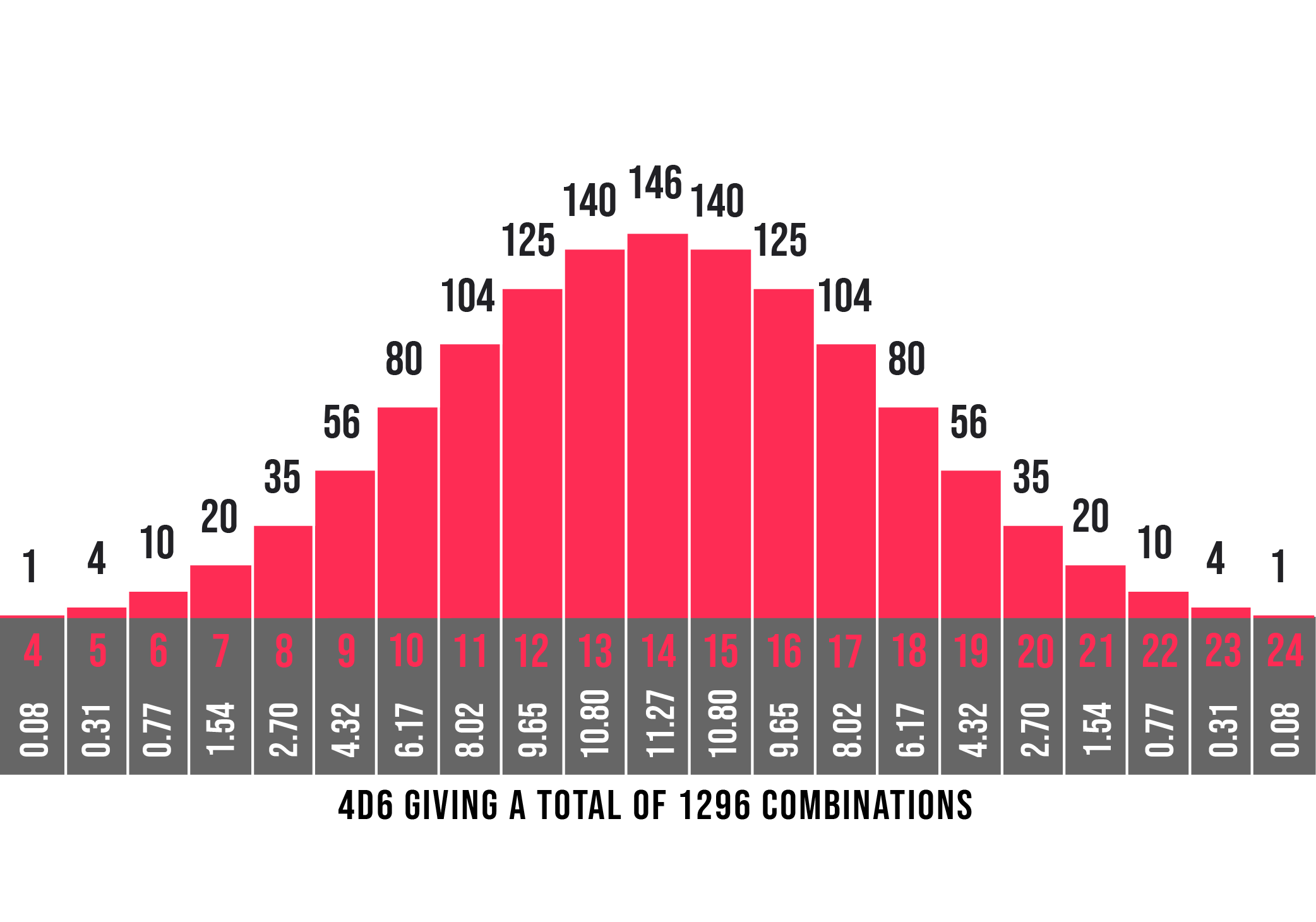



4d6 Probabilities The Dark Fortress
/dice-probabilities-rolling-2-sixsided-dice-411406_hero_3220-4c2f1909efb84327bd236c34e7610364.jpg)



Dice Probabilities Rolling 2 Six Sided Dice
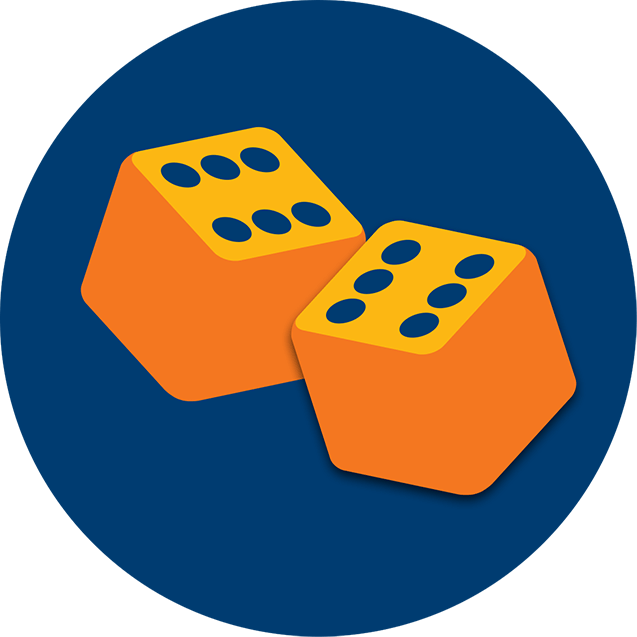



Odds Craps Olg Playsmart




A Pair Of Fair Dice Is Rolled Ary A What Is The Chegg Com




Odds Of Hitting Target Numbers With Each Die Type Savageworlds




What Is An Odds Ratio And How Do I Interpret It Critical Appraisal




Dice Probability Explained Game Master Dice
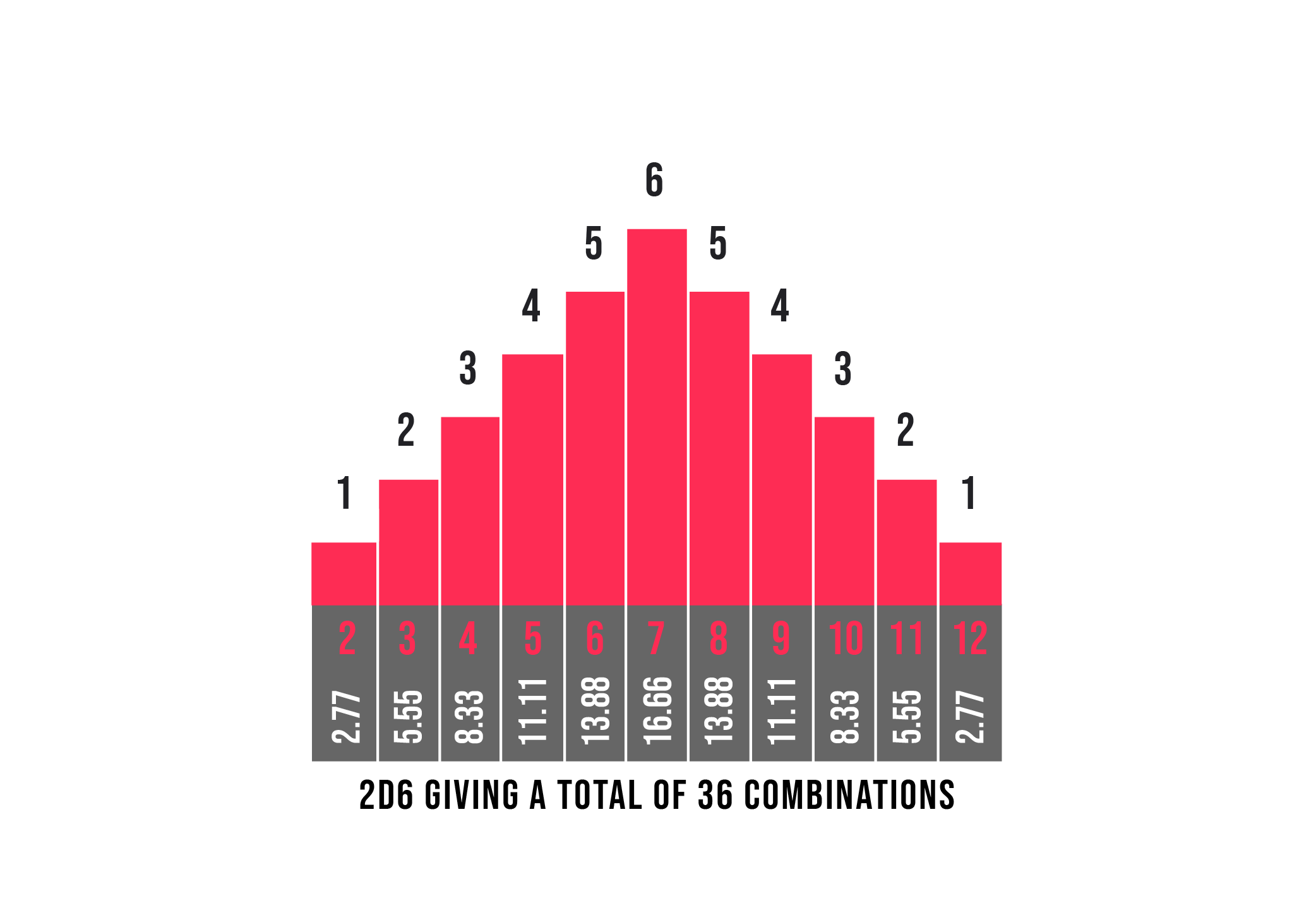



2d6 Probabilities The Dark Fortress




Statistics Dice Example Youtube




Why Are People Attracted To 50 50 Probabilities The Economist




Humans Have Innate Ability To Assess Probability But Odds Are We Re A Bit Off Genetic Literacy Project



1




Gambling Math And Probability Examples 7 Ways To Calculate Odds
/GettyImages-966740056-5b19a9713418c60036694a98.jpg)



The Probability Of Rolling A Yahtzee
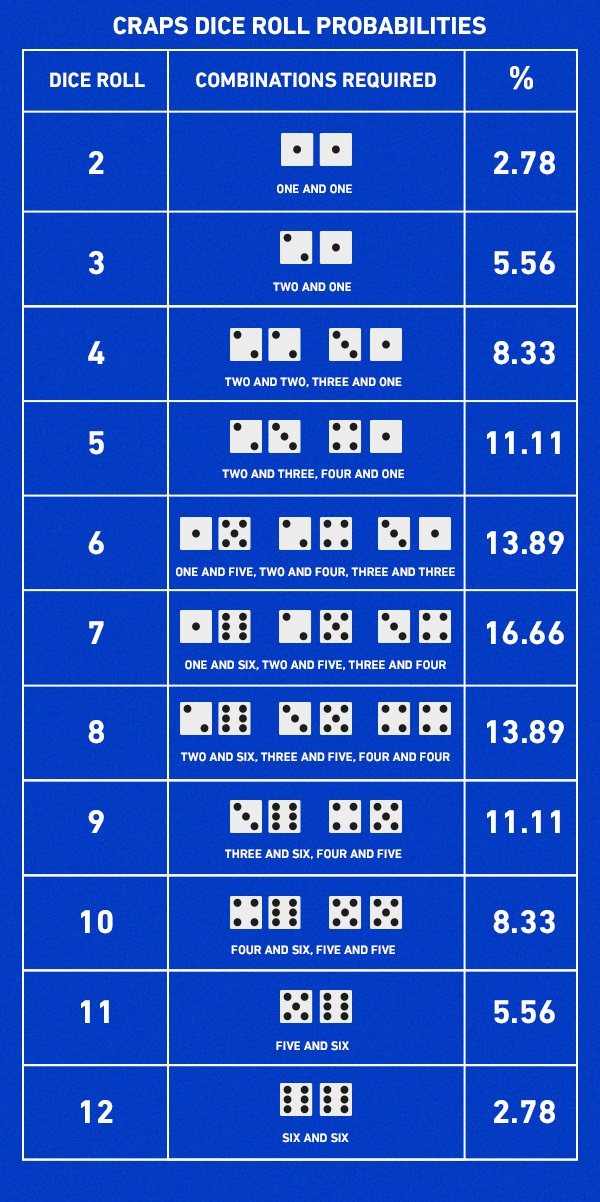



Craps Odds And Strategy How Likely Are You To Win A Round Of Craps



The True Odds Of Rolling Two Dice



Statistics Of Dice Throw
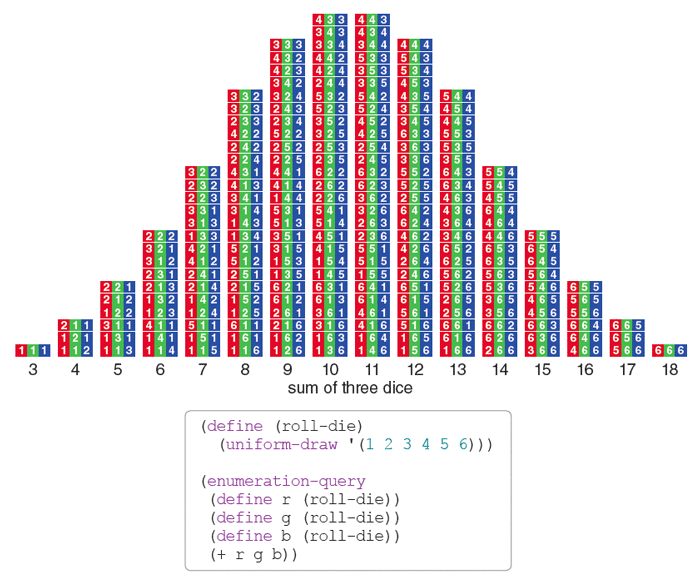



Programs And Probability American Scientist




Die Rolling Probability Video Khan Academy




How And Why Computers Roll Loaded Dice Quanta Magazine
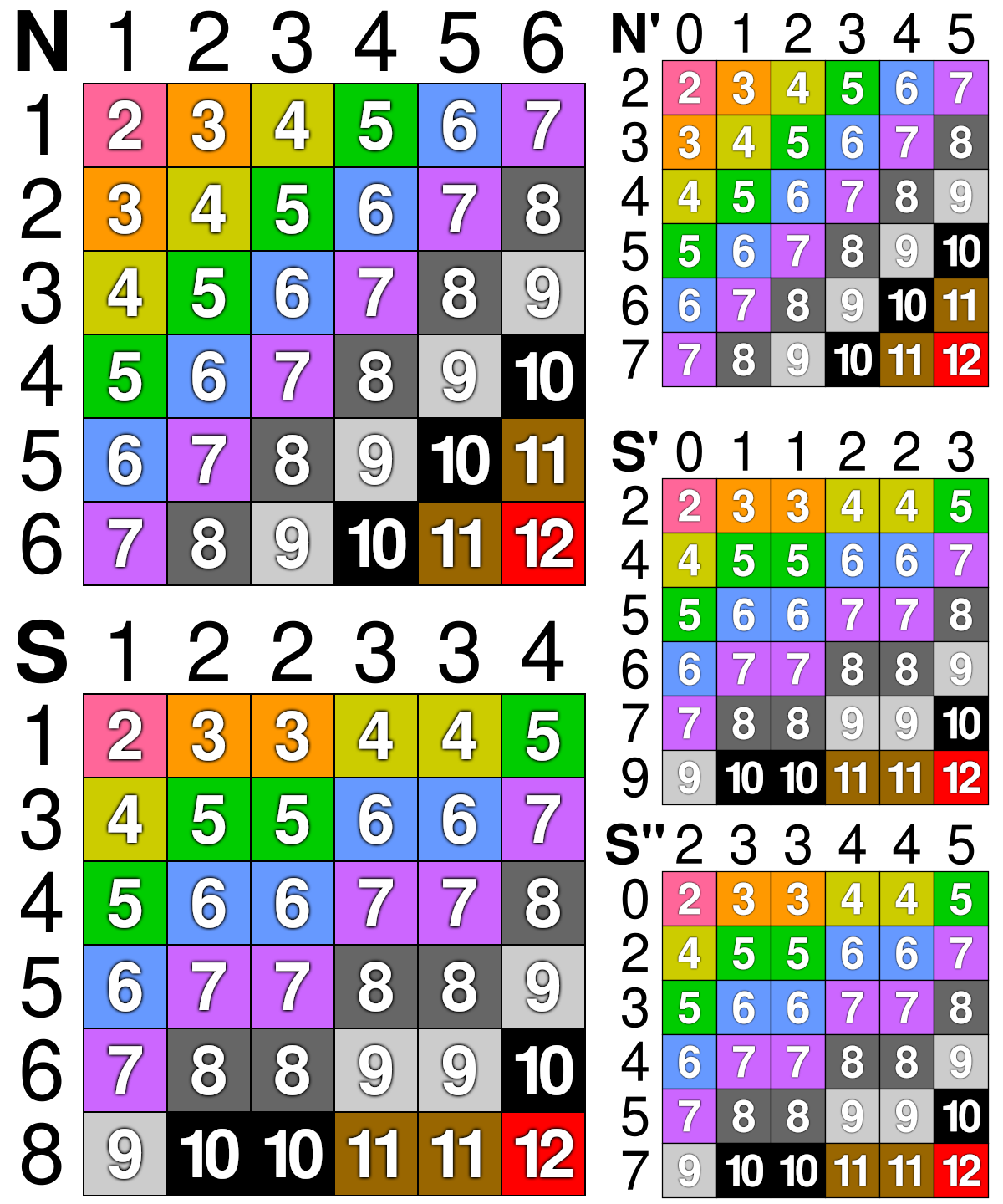



Sicherman Dice Wikipedia
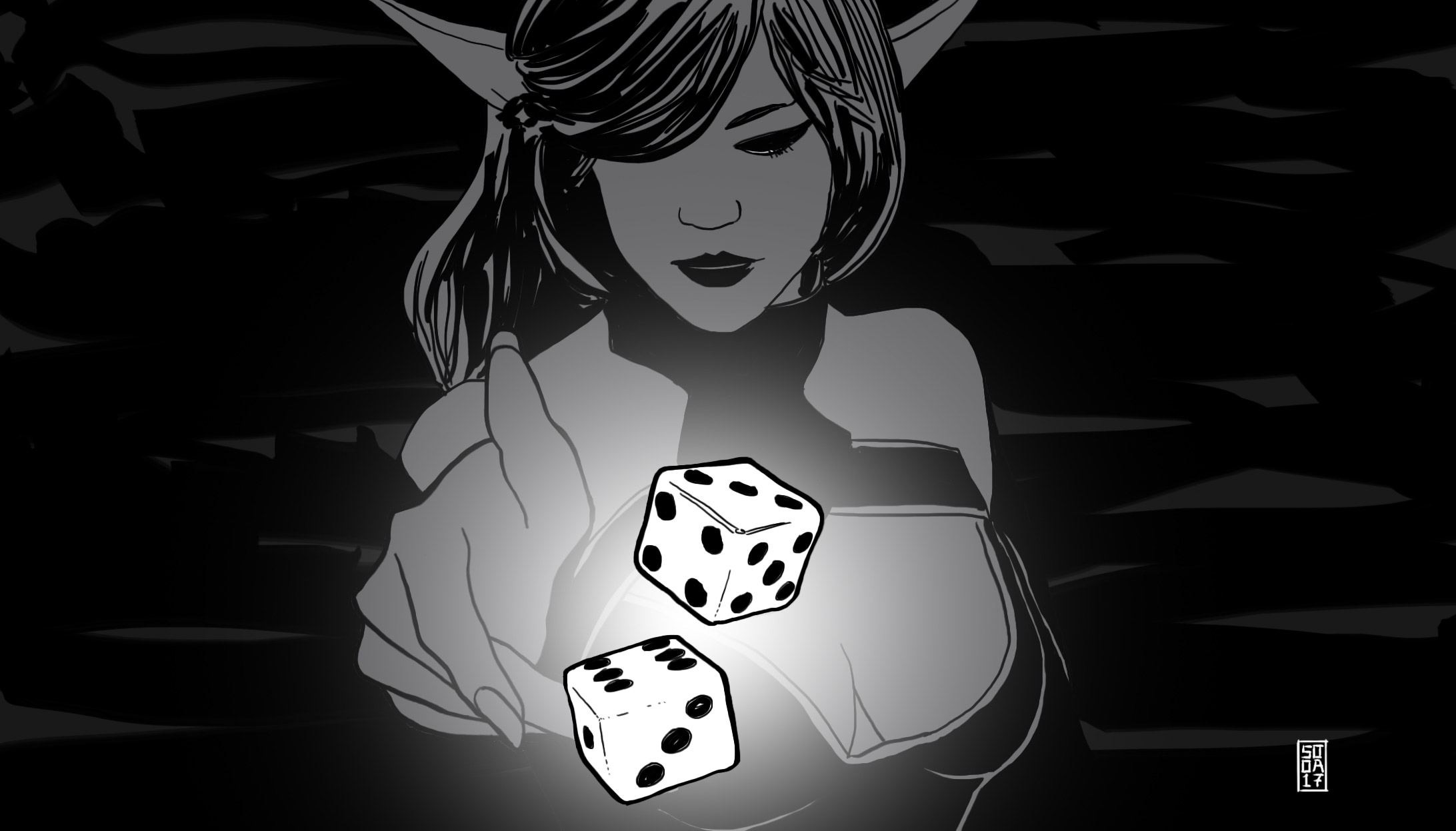



Blood Bowl Odds Blood Bowl Strategies
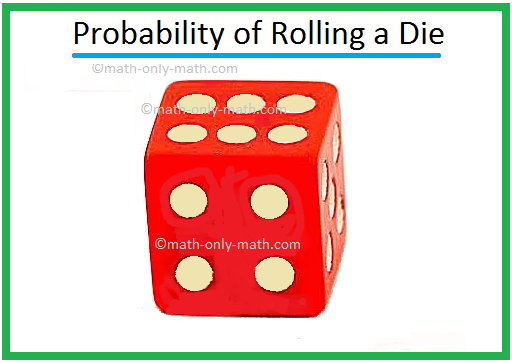



Probability Of Rolling A Die Dice Roll Probability Dice Probability




Understanding Probability And Using It To Improve Your Game Goonhammer



1
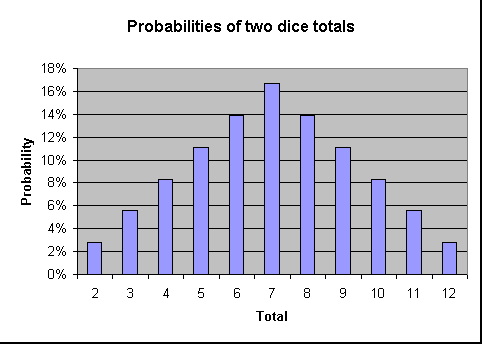



Dice Probability Wizard Of Odds




How To Win At Risk Exact Probabilities Wolfram Blog



Probability Vs Odds The Waec Math F A Q S




Question Video Finding The Probability Of Getting An Odd Number In A Dice Experiment Nagwa
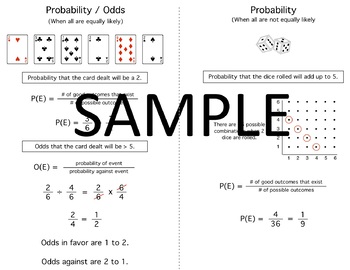



Probability Odds Quick Notes Equally Not Equally Likely Tpt




Probability Odds And Random Chance Gambling Gaming Technology Use
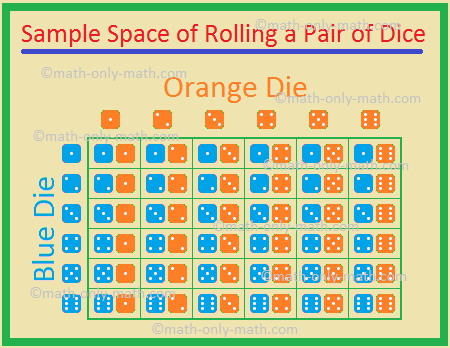



Probability For Rolling Two Dice Sample Space For Two Dice Examples




Probability And Odds



Ckhf Cjlvg3kum



If Two Different Dice Are Rolled Together What Is The Probability Of Getting An Even Number On Both Dice Quora
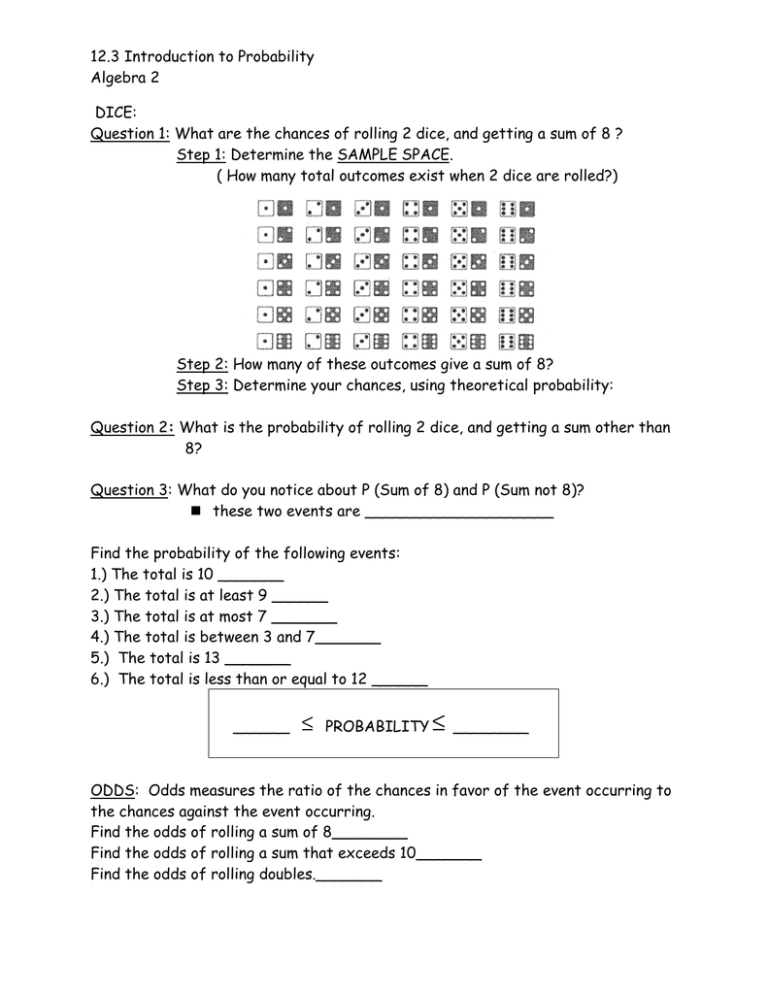



12 3 Introduction To Probability Algebra 2 Dice




Product Dice The Sequel To Sum Dice Games For Young Minds
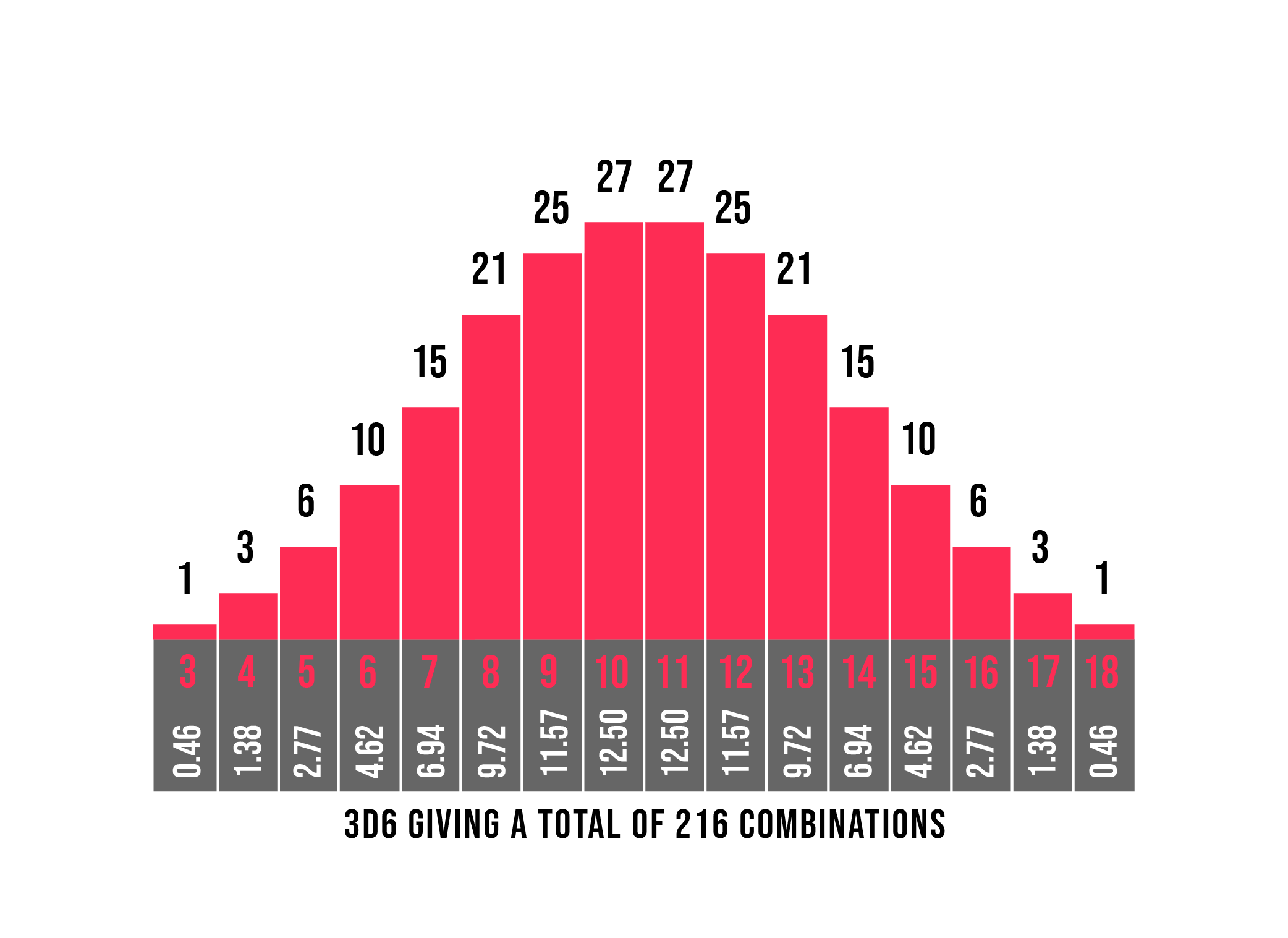



3d6 Probabilities The Dark Fortress




Probability For Dummies 1 Rumsey Deborah J Amazon Com




How To Calculate Dice Probabilities




Odds Ratios Versus Relative Risk
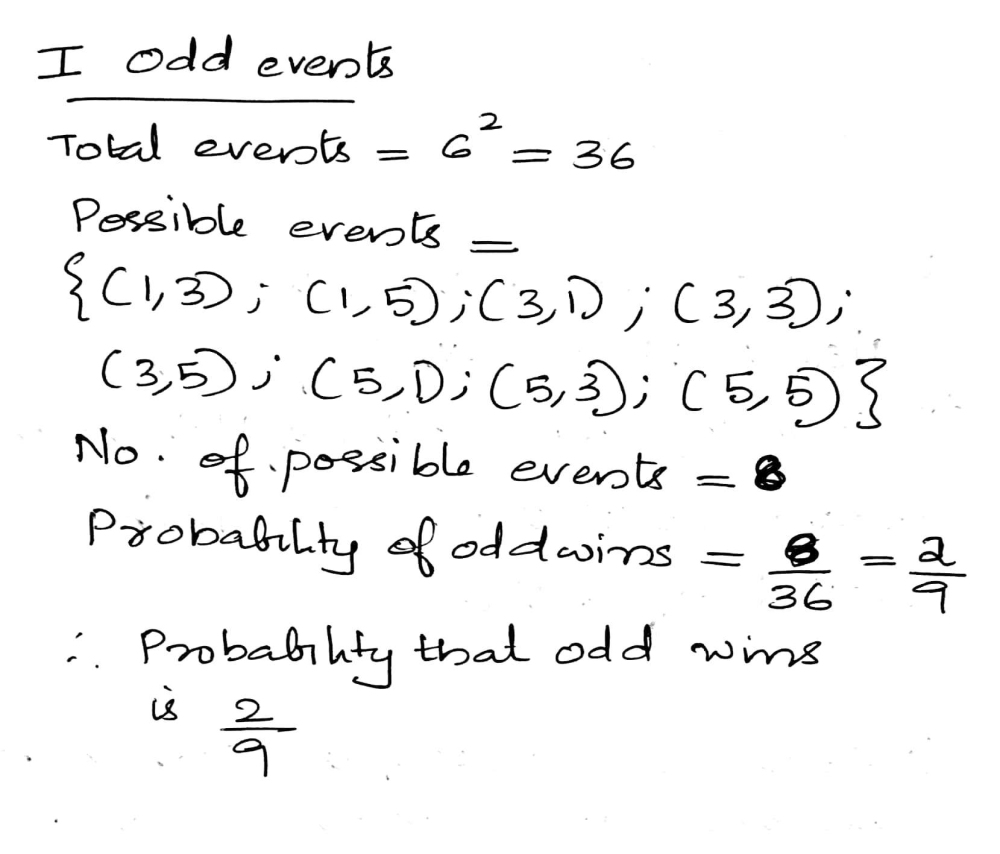



Suppose You Are Playing A Very Simple Two Person Dice Game Called Odds N Evens One Person Chooses To Be Odd And Wins Whenever The Product Of His Two Dice Is Odd The




Curious Dice Plus Maths Org




Is There A Difference Between Odds And Probability



Interpretation Of Odds Ratio And Fisher S Exact Test By Sergen Cansiz Towards Data Science



With Two Dice What S The Probability Of Rolling Doubles Blog Monty Hall Problem Simulation Game Stay Or Switch
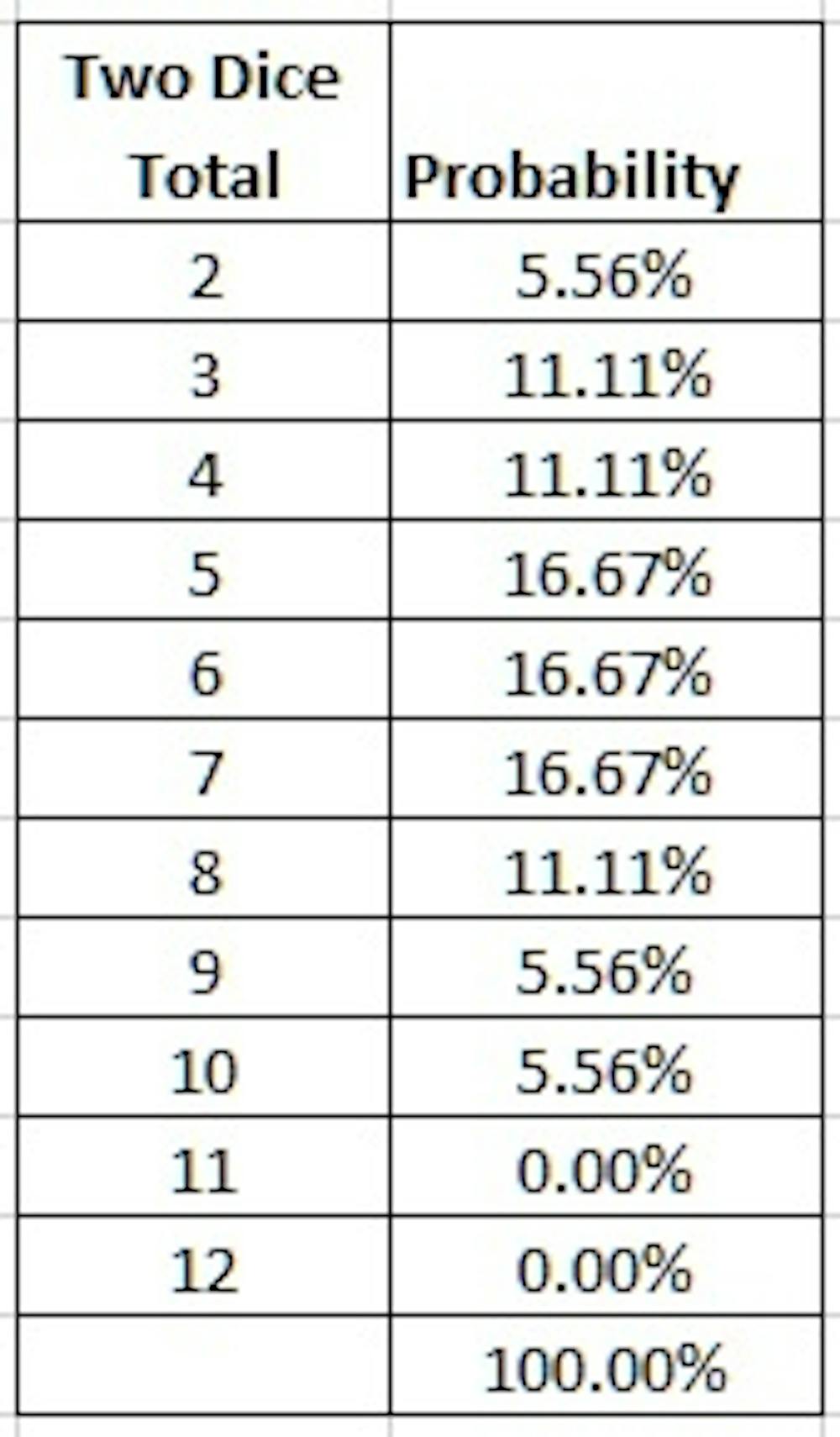



How To Cheat At Dice From An Expert In Games




Probabilities And Odds In Medical Science Donders Wonders




The Book Of Proposition Bets Using Mathematics To Reveal The Odds Of Friendly And Not So Friendly Wagers




Dice Probability Explained Game Master Dice




Backgammon Odds Backgammon Online Guide



Probabilities And Dice



Probability Of Rolling 2 Dice I Wanted To Find Probability Of A 5 Or 30 36 Ageofsigmar



Partner Party Even Odd Probabilities Table List Marioparty



A Pair Of Dice Is Rolled What Is The Probability Of Rolling A 10 Quora



0 件のコメント:
コメントを投稿